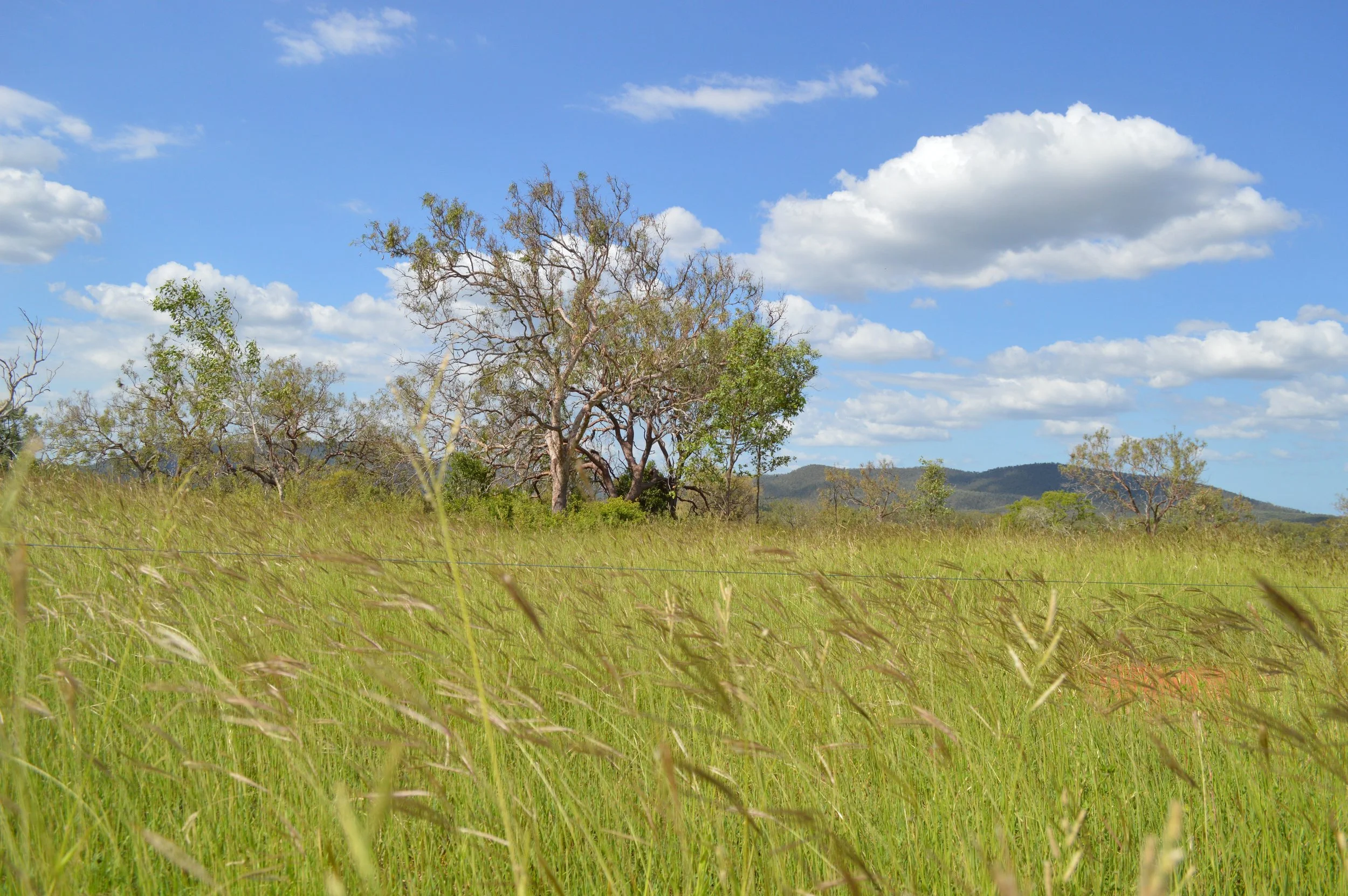Swartz Carbon project
The Swartz Carbon Projects, managed by the Warnock family, incorporate 11 individual soil carbon projects over 2,109 hectares in the Fitzroy Basin region of Queensland. The first two projects to show validated measured increases have generated a combined 6,152 ACCUs issued by the Clean Energy Regulator in partnership with AgriProve.
The Warnock family have managed the Calliweera Farm property for over five generations with the first pieces of land acquired in 1879. The farming enterprise now totals nearly 4,000 hectares of land, with more than half the area under soil carbon projects, managed by Nathan and Mark Warnock.
Project Highlights:
ACCUs issued within 2 years of project operation
Grazing management leads to increased carrying capacity of 100%
Further proof that investment and implementation of grazing management are key elements to building soil carbon.
Results
The land management strategy focuses on rotational grazing to allow the land to recover, having converted from set stocking methods. Rotational grazing was implemented with stocking rates adjusted from set stocked levels of 500 head to now carrying approximately 1,000 cattle.
Rest periods were introduced and tailored to the cattle management schedule to facilitate the establishment of desired natural grasses and legumes. The Warnocks have invested in infrastructure including 75 kilometres of electric fencing and the installation of 56 additional watering points to enable the rotational grazing program.
Nathan Warnock: “I’m focusing on regenerative grazing and adjusting cattle numbers to work with the land, so my business is more sustainable over the longer term” “Since beginning the transition from set stocking to rotational grazing we have been able to increase our stocking rate by around 100% starting at 500 and now sitting around 1,000 head.”
WHY AGRIPROVE
Utilizing AgriProve's innovative, digitally enabled Soil Organic Carbon (SOC) model, the projects benefited from an expedited soil sampling and carbon crediting process. The SOC model combines satellite imagery with ground-truthed measurement to more accurately predict changes in SOC attributed to on-farm management practices.
As a result, the Swartz Carbon Projects were able to generate ACCUs in just two years instead of the typical five-year timeframe. This demonstrates significant improvements in soil carbon levels, with the paddocks showing excellent recovery under the high-density grazing regime and a notable reduction in sediment runoff.
“”With AgriProve we were able to defer the cost of the baseline soil sampling. Essentially, the credits that we’ve been issued are sitting in our account and can pay off 99% of our original baseline soil sampling costs.”
“The AgriProve team have been really good to deal with. If I’ve got a question, I have no problem ringing and the team will answer any questions that I’ve asked.”
”





